For many, bike riding is a fun, healthy, and safe activity. Communities all over the country are working to make it safer for bicyclists by building bike lanes and integrating bike paths in their communities. This is true for many, but not for all. For people of color, cycling is more hazardous in more ways than one. One group, RidetoDC, is working to change that, thanks to one woman, Hilena Tibebe, a Brooklyn high school teacher and a woman of color.
For Tibebe, 86 days in quarantine in her Brooklyn studio apartment, led to action. A cyclist since childhood, she wanted to make cycling safer for people of color. She wanted to empower her students. Knowing the problems for cyclists of color, she formed RidetoDC.
Cyclists of Color Face More Obstacles to Safety
As communities are moving toward more outdoor activities, such as walking and biking, American city streets are becoming more dangerous for both pedestrians and cyclists. 2018 saw automobiles hitting and killing some 6283 pedestrians and 857 cyclists according to Dangerous By Design 2020. This is especially true with regard to people of color.
Native American, African Americans, and Latinos are overwhelmingly the victims of accidents while either walking or cycling. Many of these accidents occur in communities of color which tend to have fewer safeguards in place to prevent such accidents. These communities have fewer dedicated bike lanes and fewer pedestrian paths. This makes it difficult to persuade people to hop on their bike for a grocery run instead of hopping into their cares.
Adding to the problem, people of color are more likely to be ticketed when cycling, being harassed or assaulted by police when riding. Racial profiling is illegal, but it continues to exist. Integrating the biking movement with Black Lives Matter is one tool for fighting this systemic form of racism.
Finally, the issue of unsafe streets where speed of flowing traffic is more important than the safety of pedestrians and cyclists, is a much bigger problem in less affluent communities, largely inhabited by people of color. People within these communities tend to feel that city officials are not always responsive to their requests for increased safety measures.
A Moment of Inspiration Leads to Action
Tibebe’s bike became a vehicle of protest. On her bike as part of the Black Lives Matter protest in New York City, she watched other protestors on their bikes, and watched police on bikes intimidating protestors. This led to an epiphany. Why not ride to D.C. for the rally on August 28. The rally was organized to coincide with Rev. Martin Luther King Jr.’s historic “I Have a Dream” speech.
Thinking of bringing along a friend or two for the ride, a week later, Tibebe had a full contingent of riders signed up for the week-long ride. They masked themselves, trained, and rode. They rode with a message, to end racial inequalities, to enable more access to bikes, and safer streets in communities of color.
People of color need to have more access to bikes, but without safer streets, bikes remain dangerous in low-income communities of color. These communities need more dedicated bike and pedestrian lanes. This requires community planning and infrastructural change. It also requires a different mindset.
For a multitude of reasons, from getting more exercise, to fighting climate change, to better mental health, we need to get people out walking and biking more. This means that the focus on our streets needs to move from speed to safety.
Making Roads Safer For All Riders
Bringing transportation equity to the forefront of the Black Lives Movement makes sense. It allows more equity in communities which typically lack equity. It makes the communities safer and allows individuals within the community more travel options. It fights racial profiling. It allows people of color to more fully inhabit an activity that has long been earmarked for white, more affluent communities.
Opening up city streets, making them safer, allows people to participate more fully in the community in which they live. As we look for more ways to heal, we should all look to people like Hilena Tibebe, whose actions take us one step further down that path.
See our benchmarking report or contact us for more information.

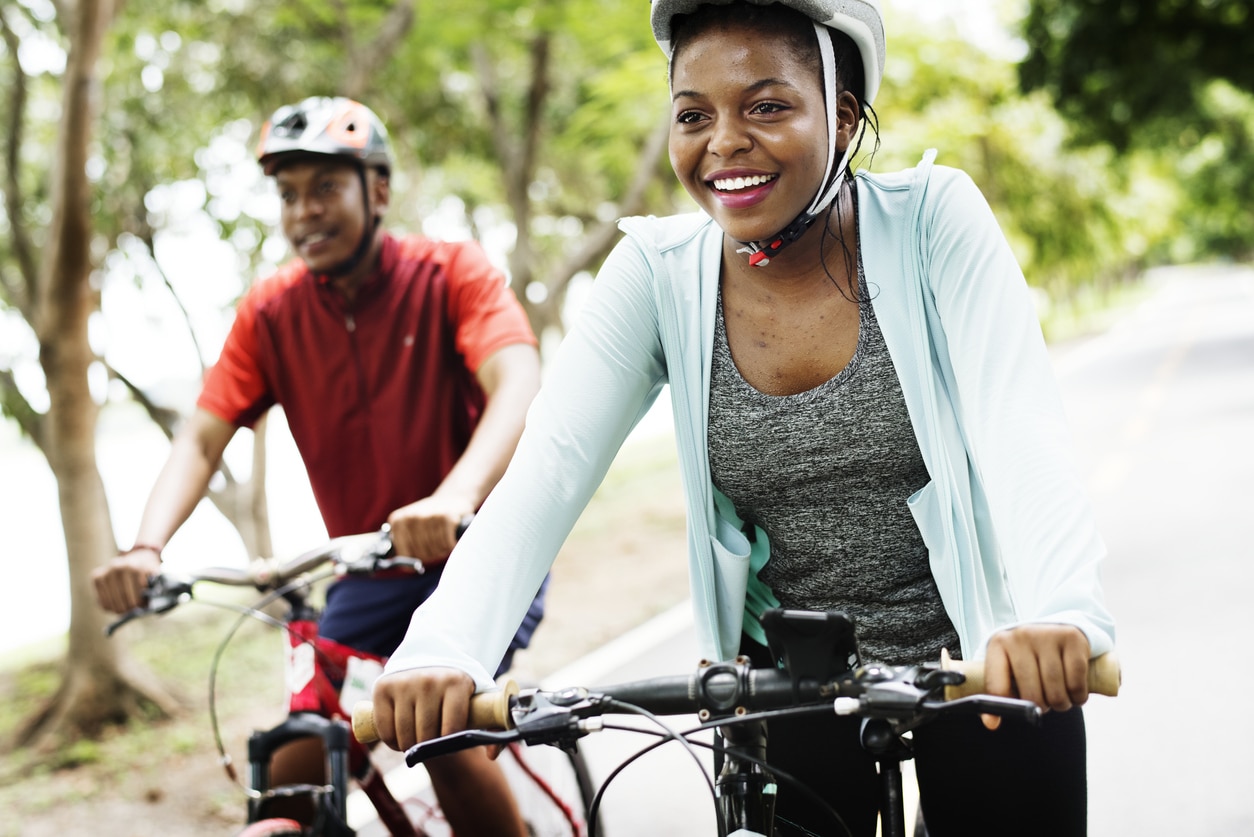
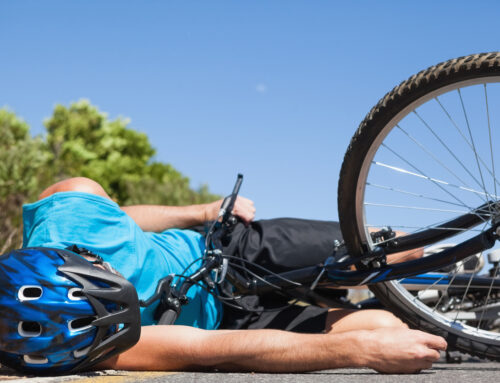
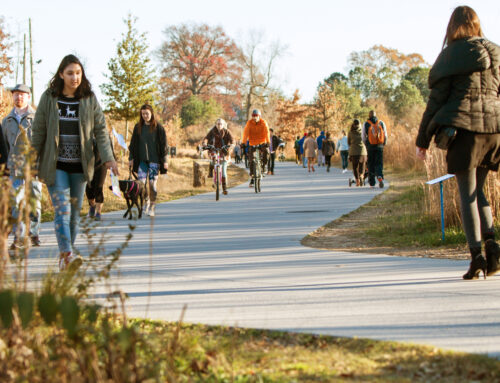
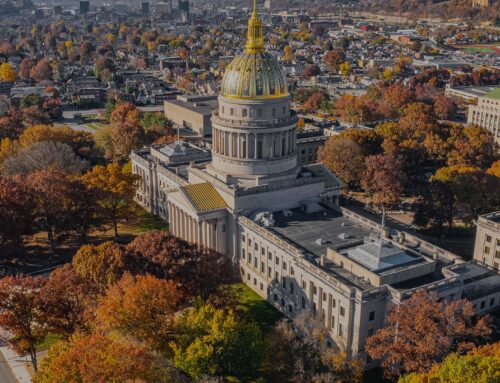
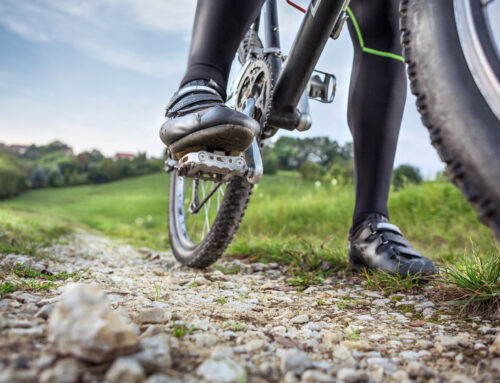
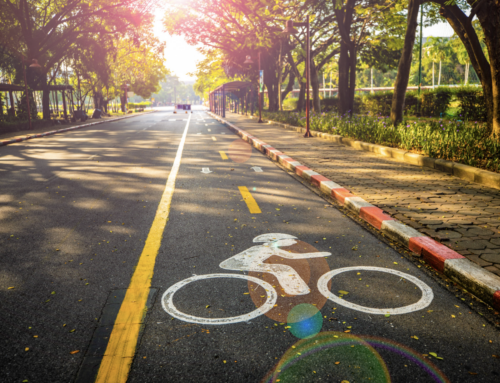
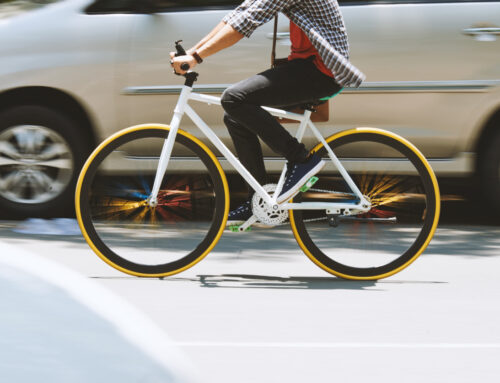
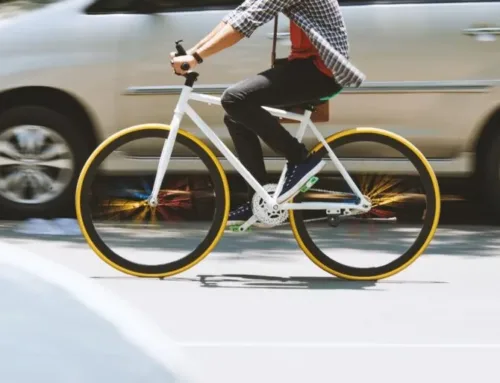
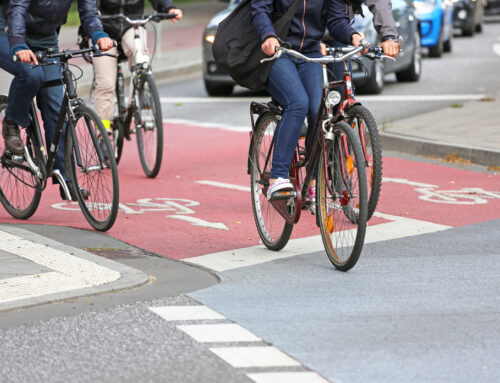
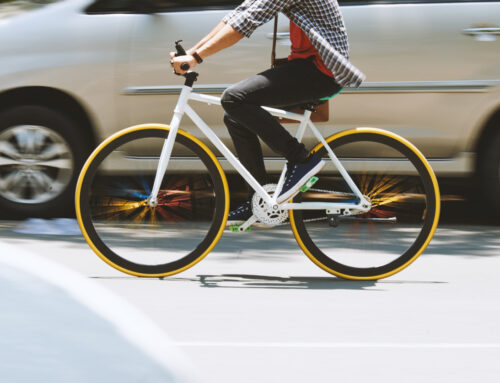
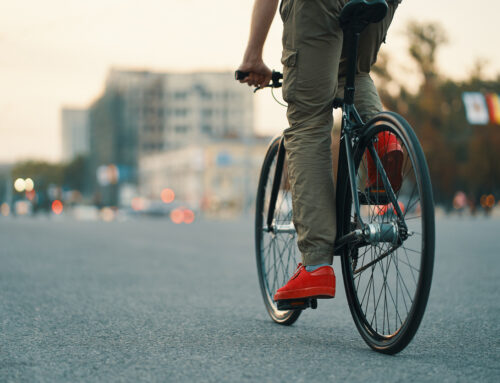
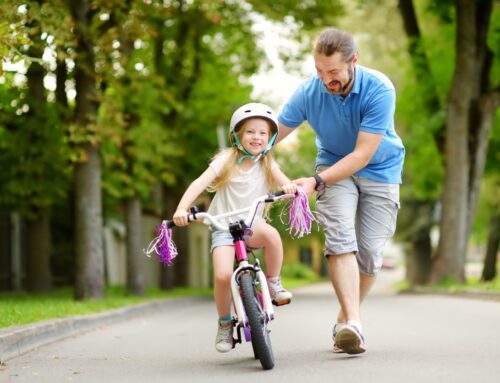
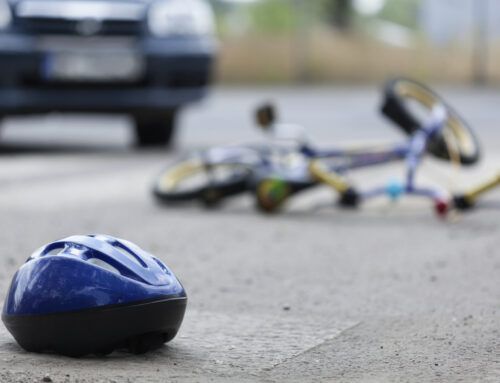
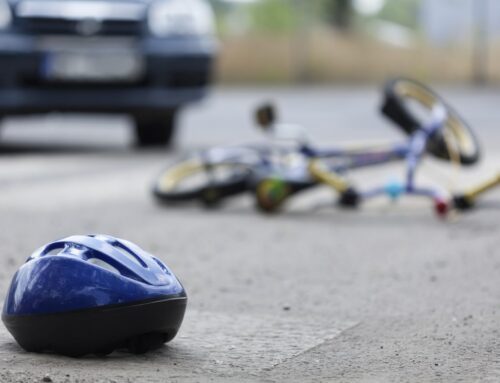
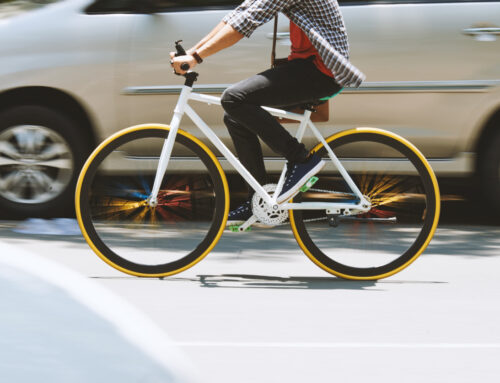

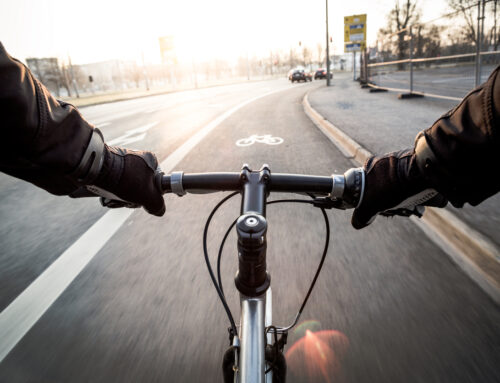
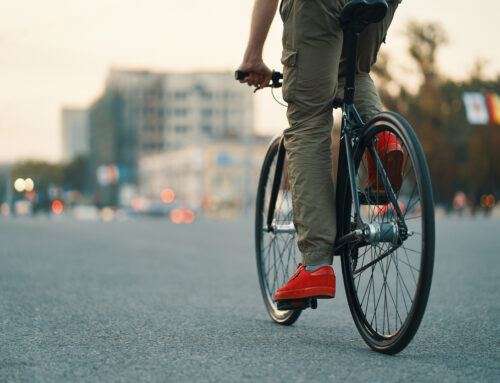
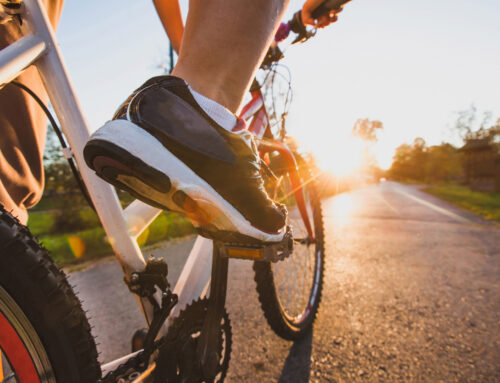
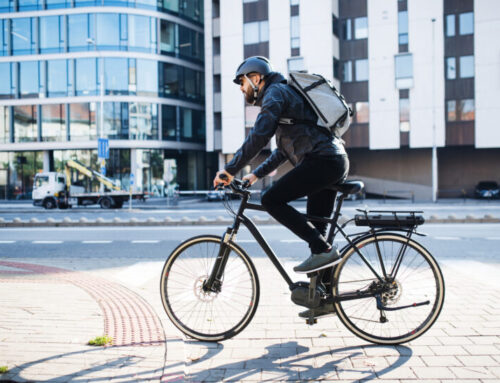
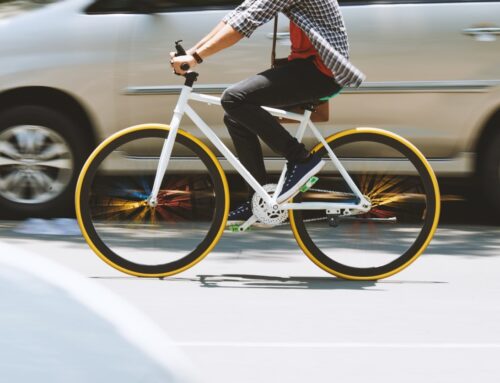
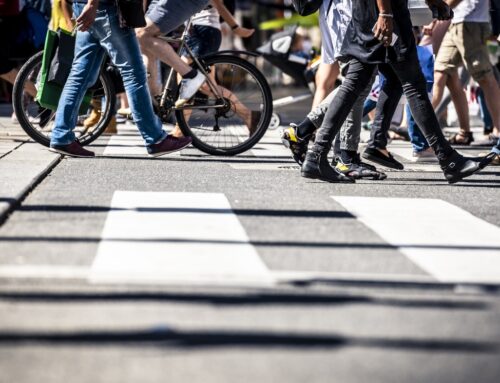
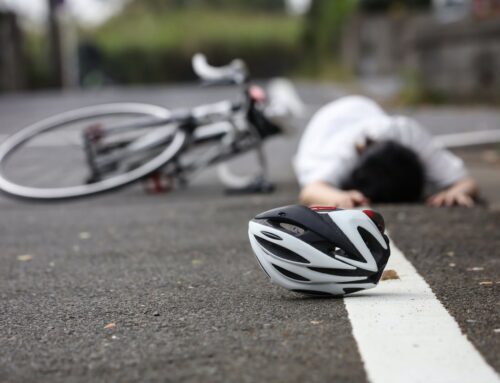
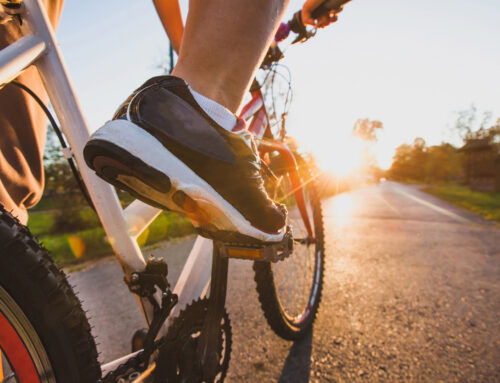
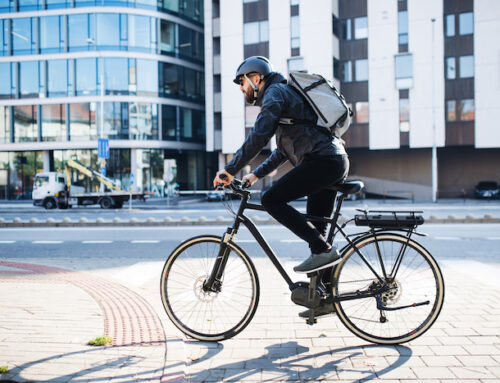
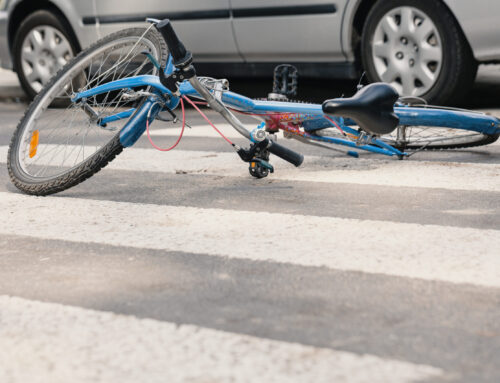
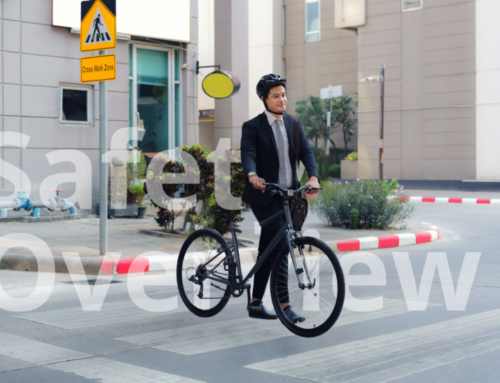
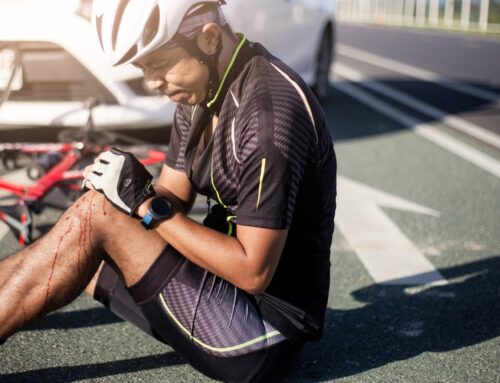
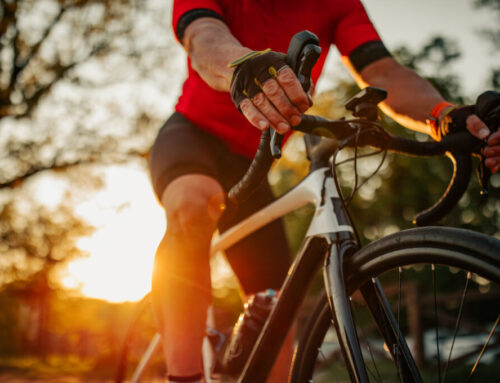
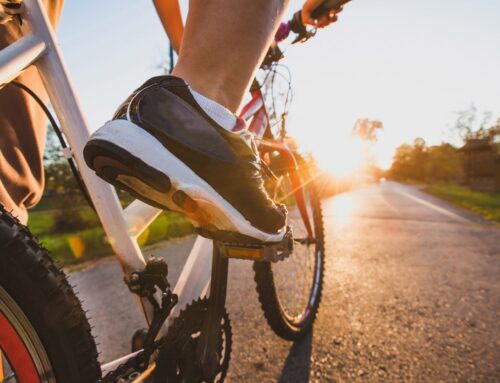
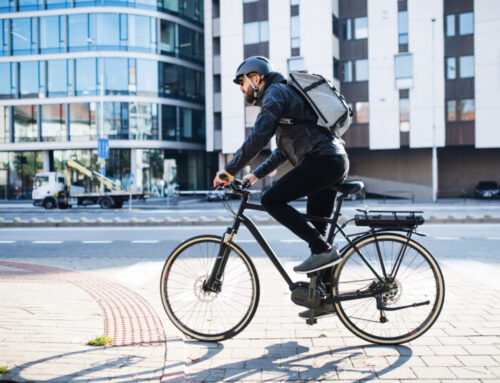
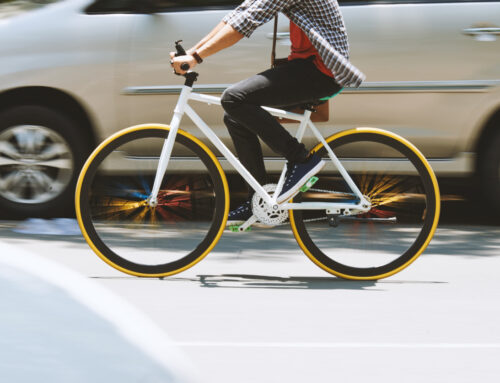
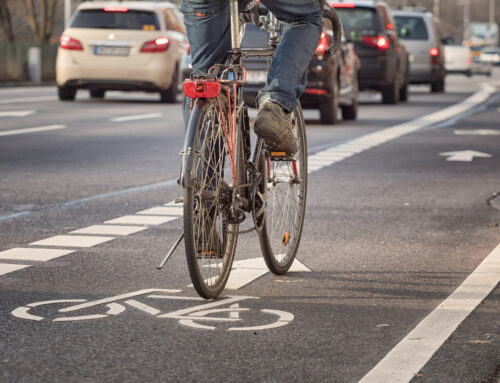
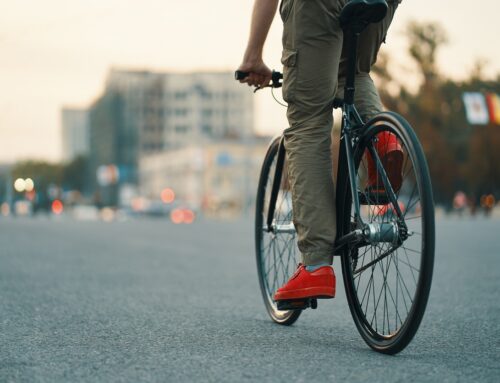
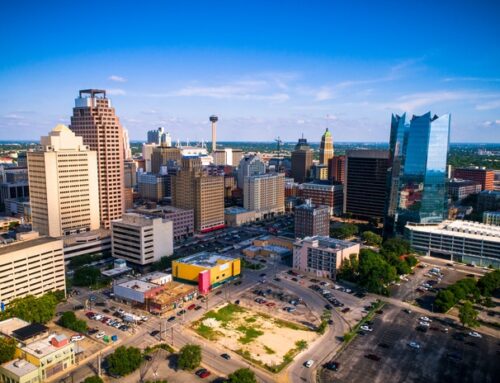
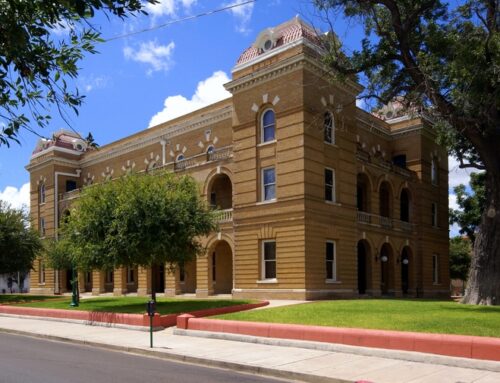
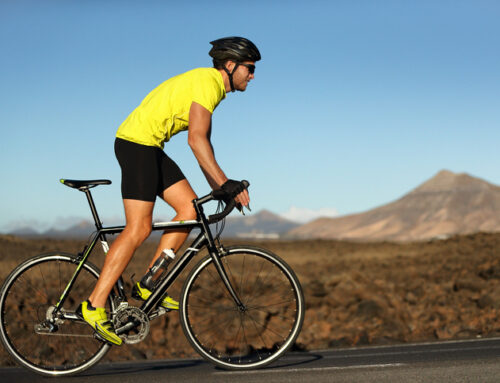
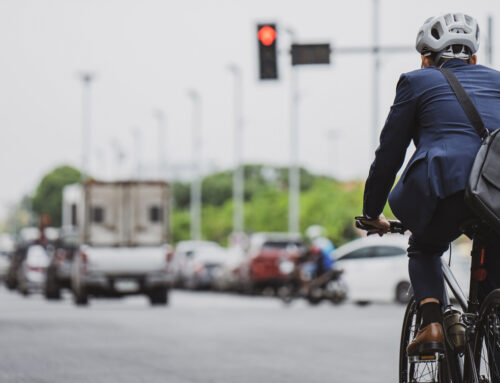
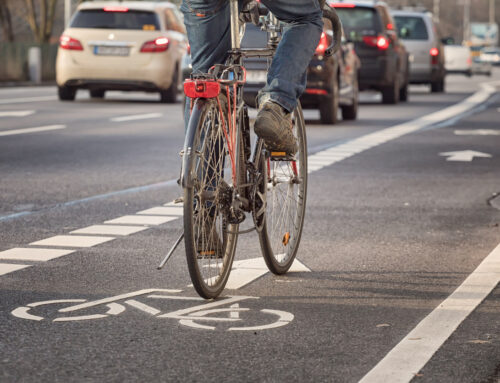
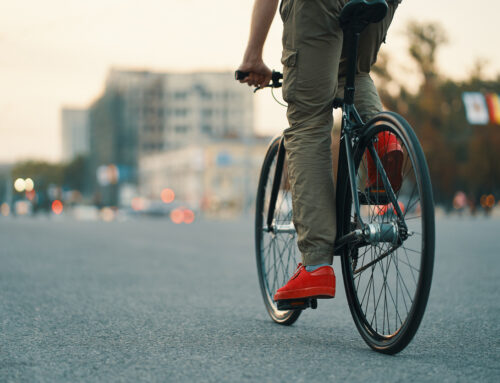
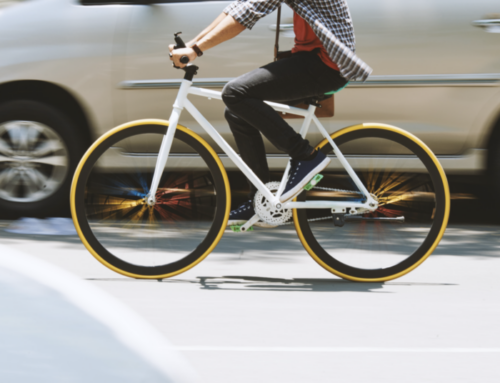
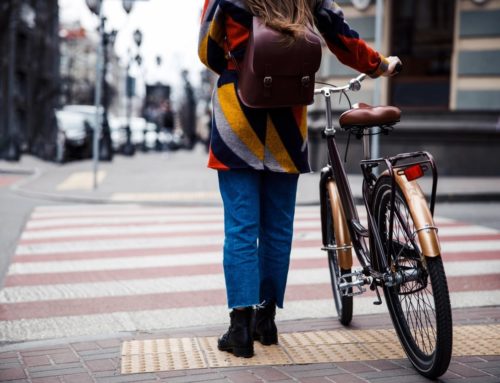
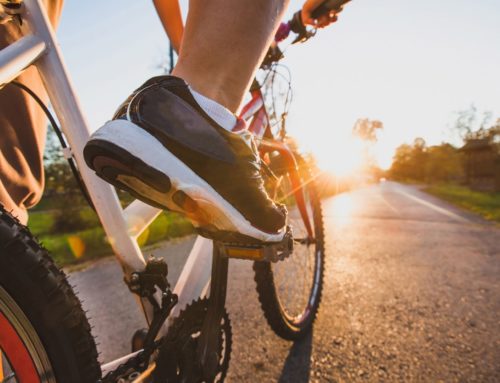
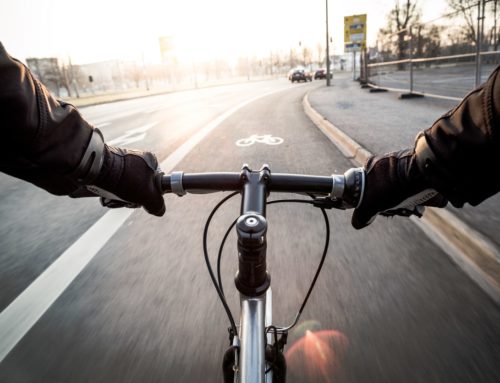
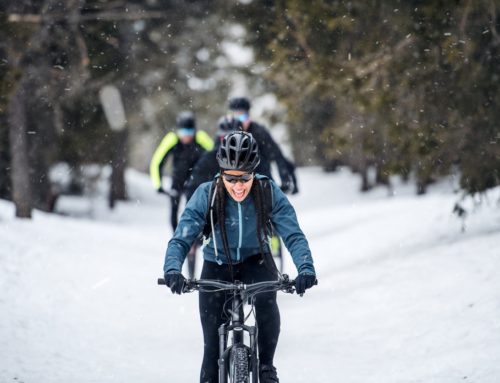
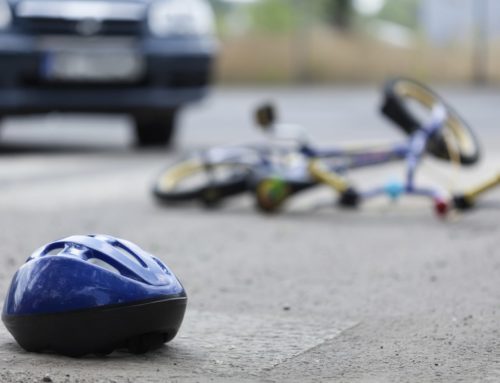
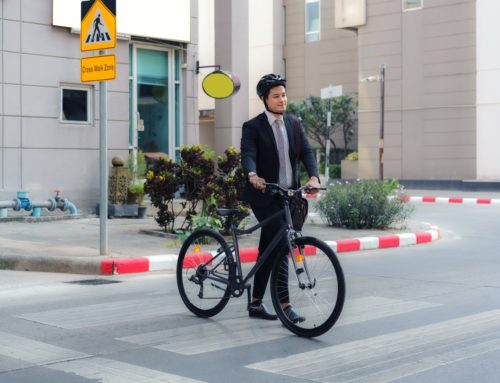
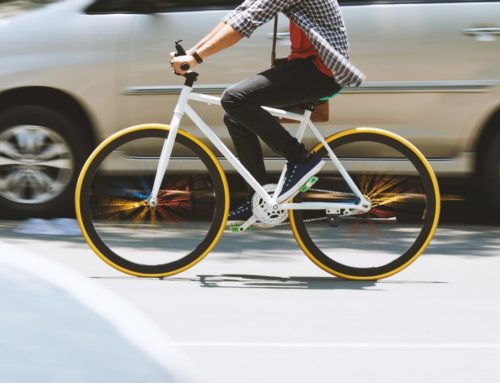
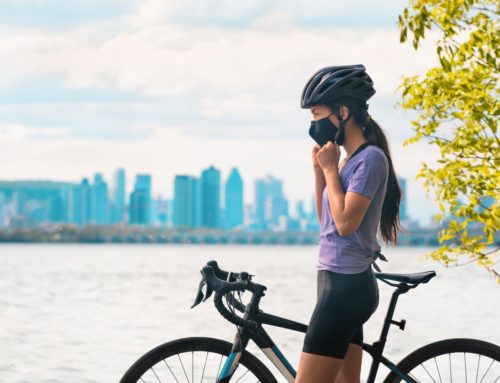
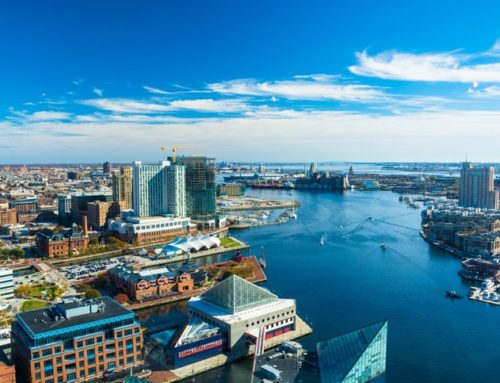
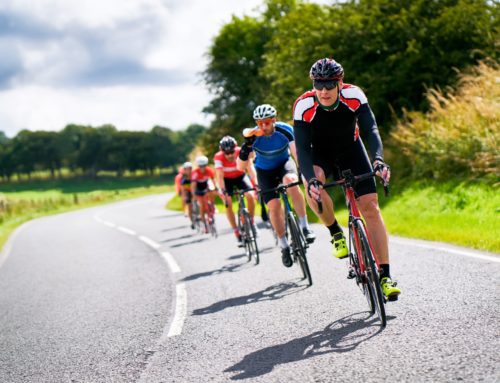
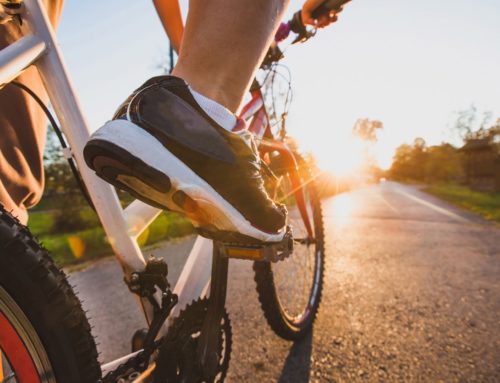
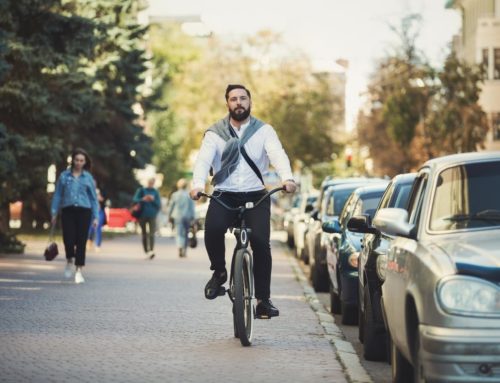
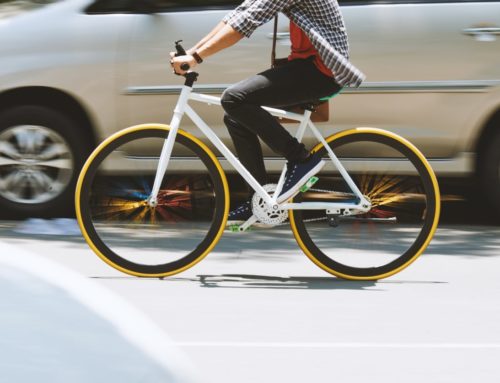
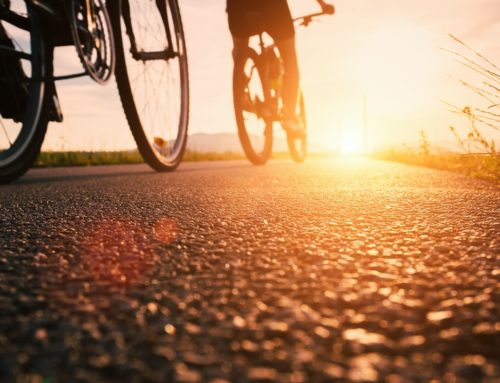
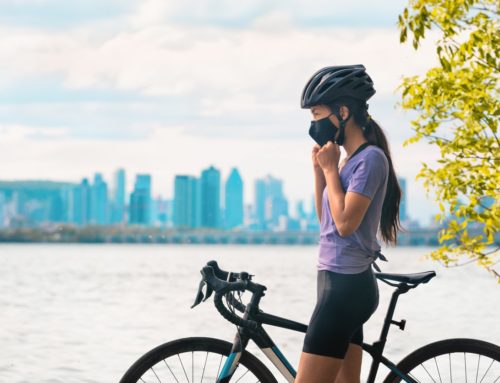
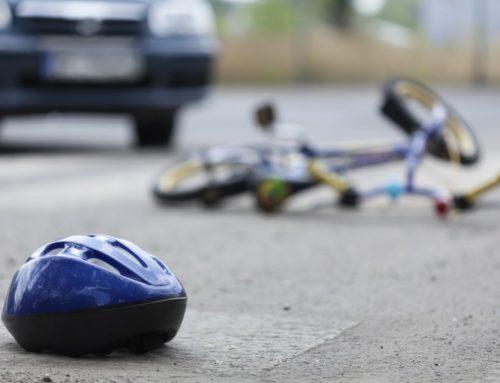
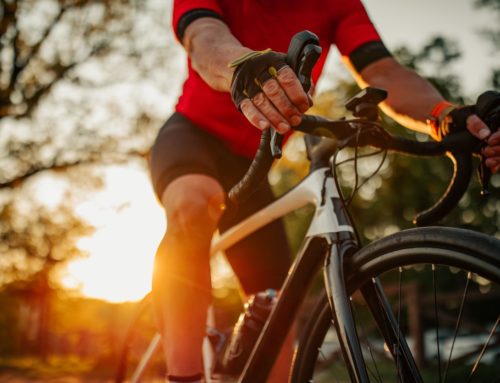
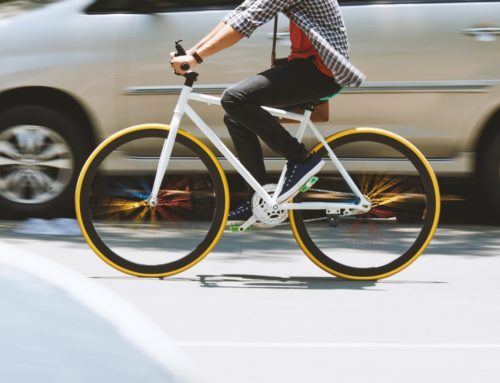
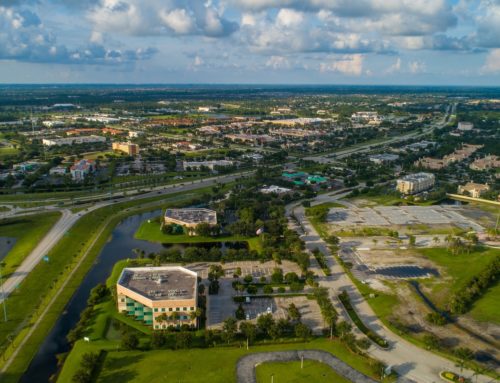
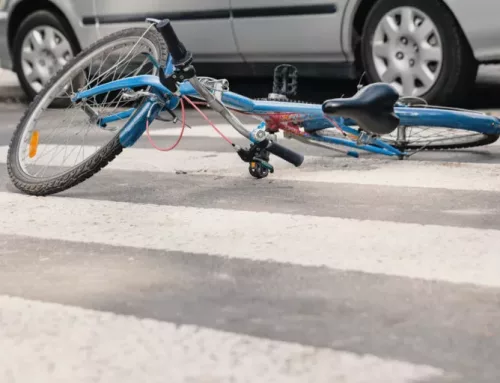
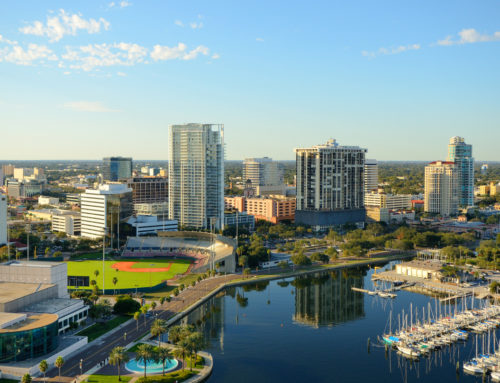
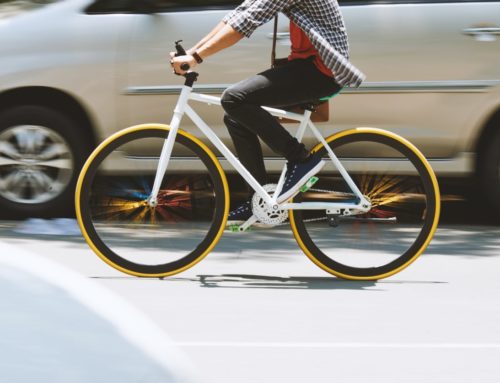
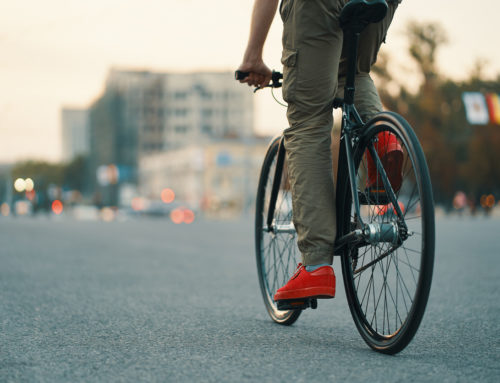
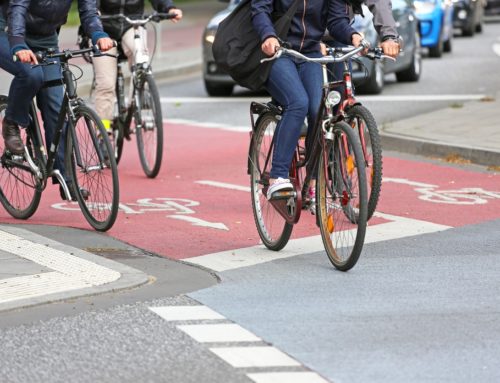
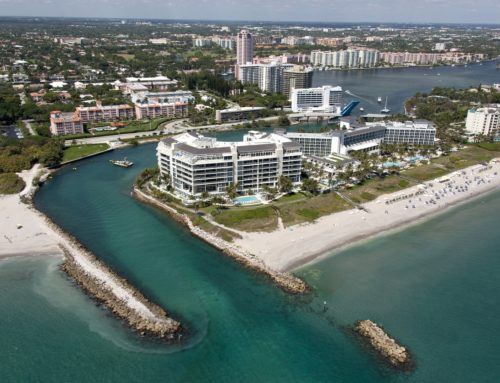
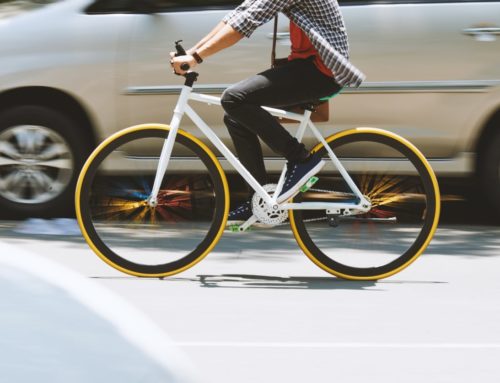
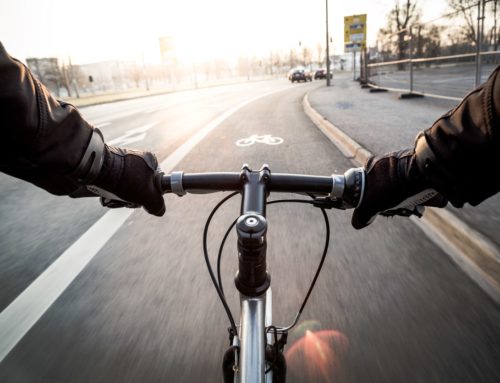
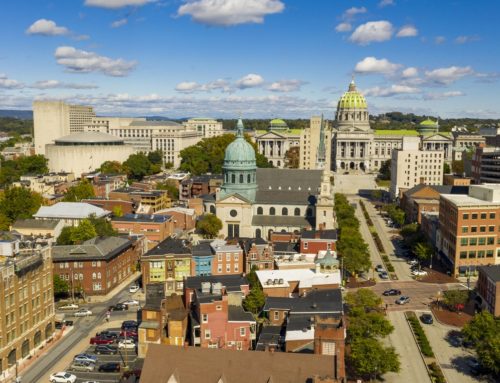
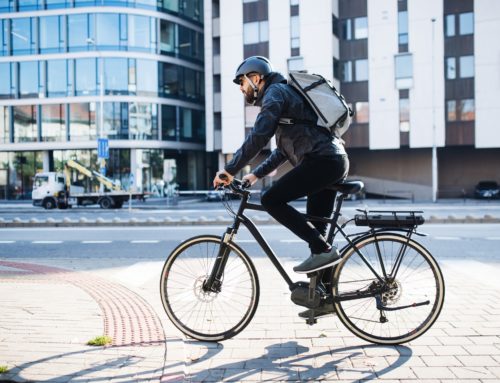
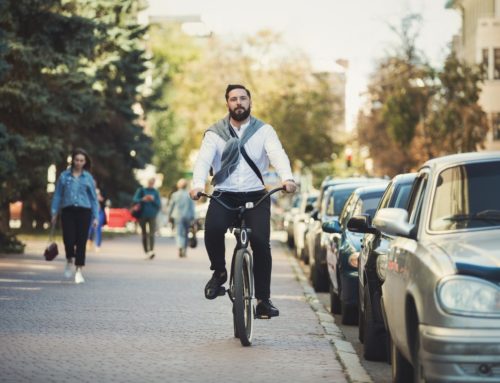
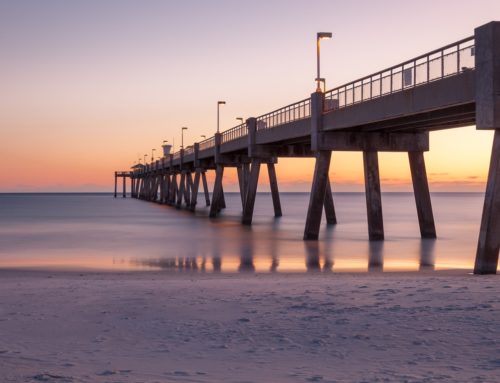
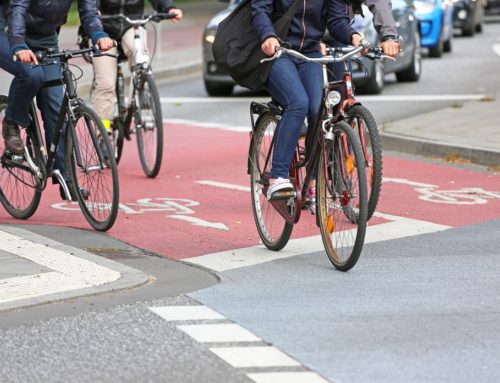
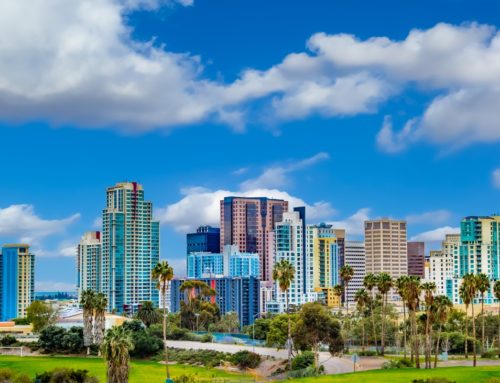
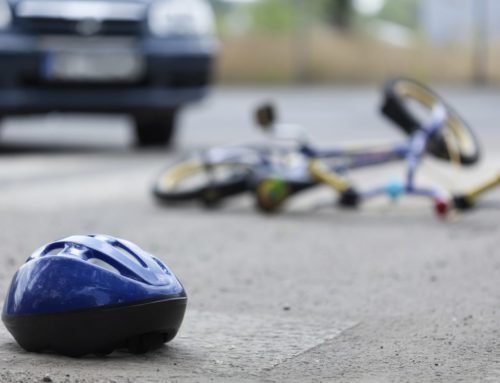
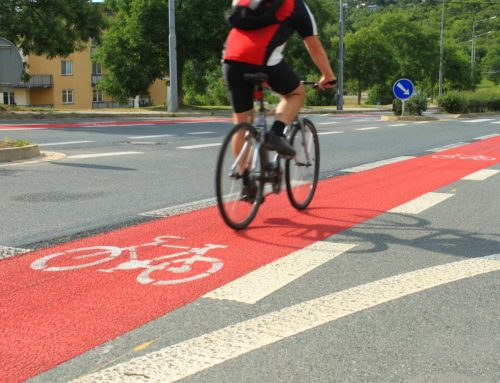
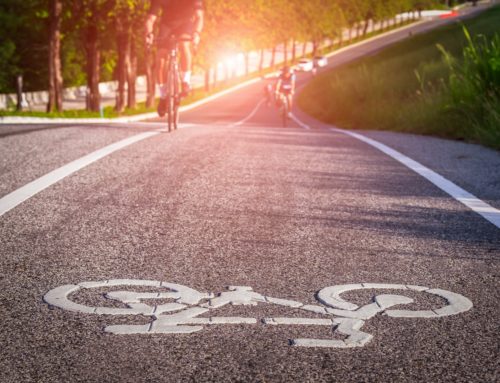
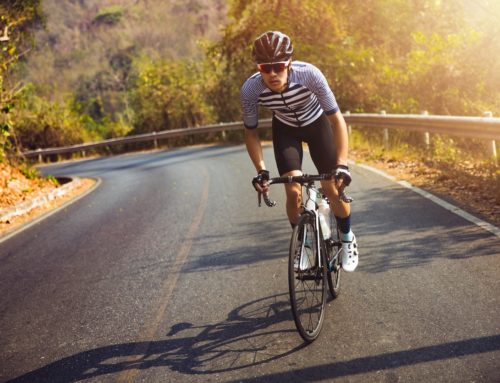
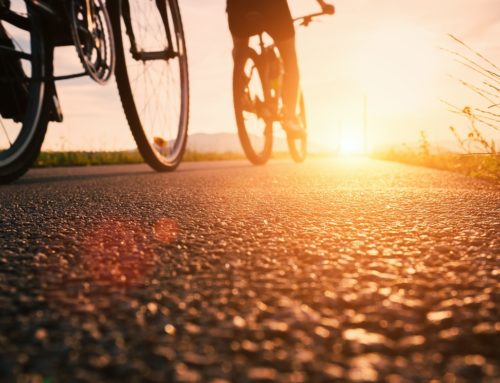
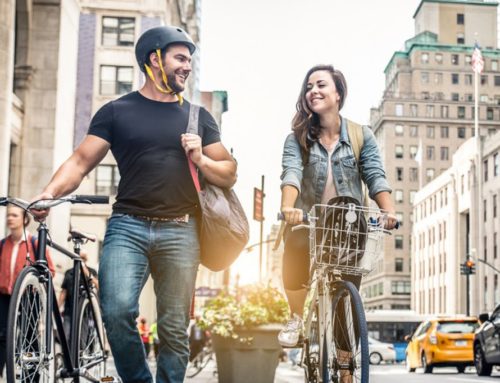
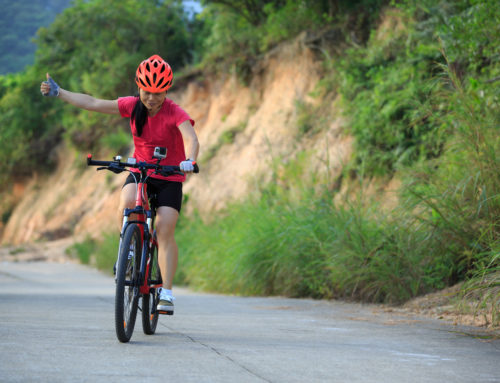
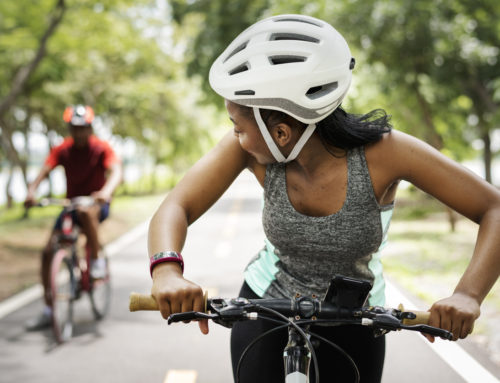
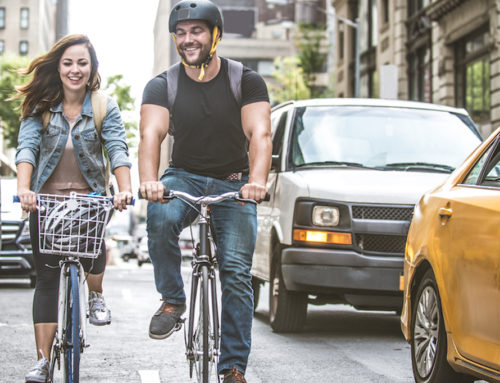
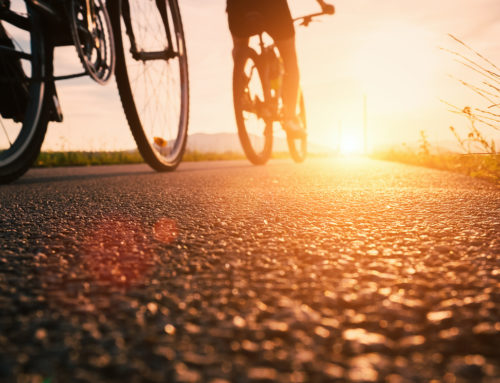
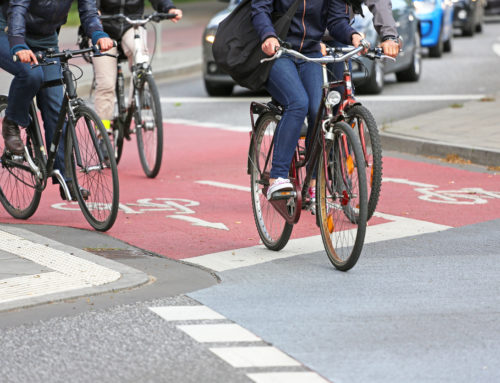
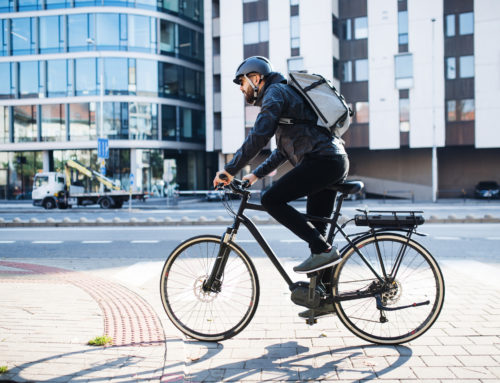
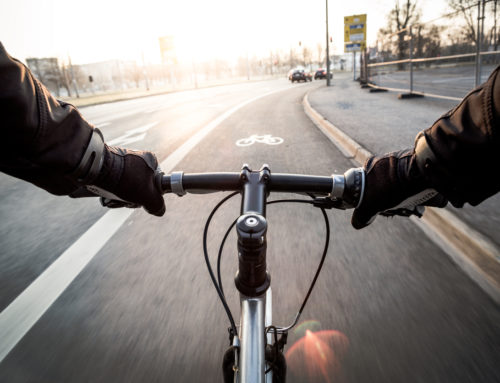
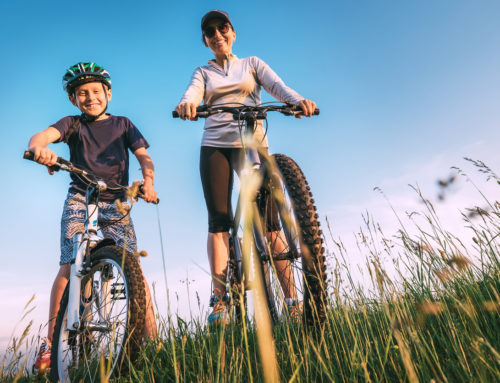
Leave A Comment